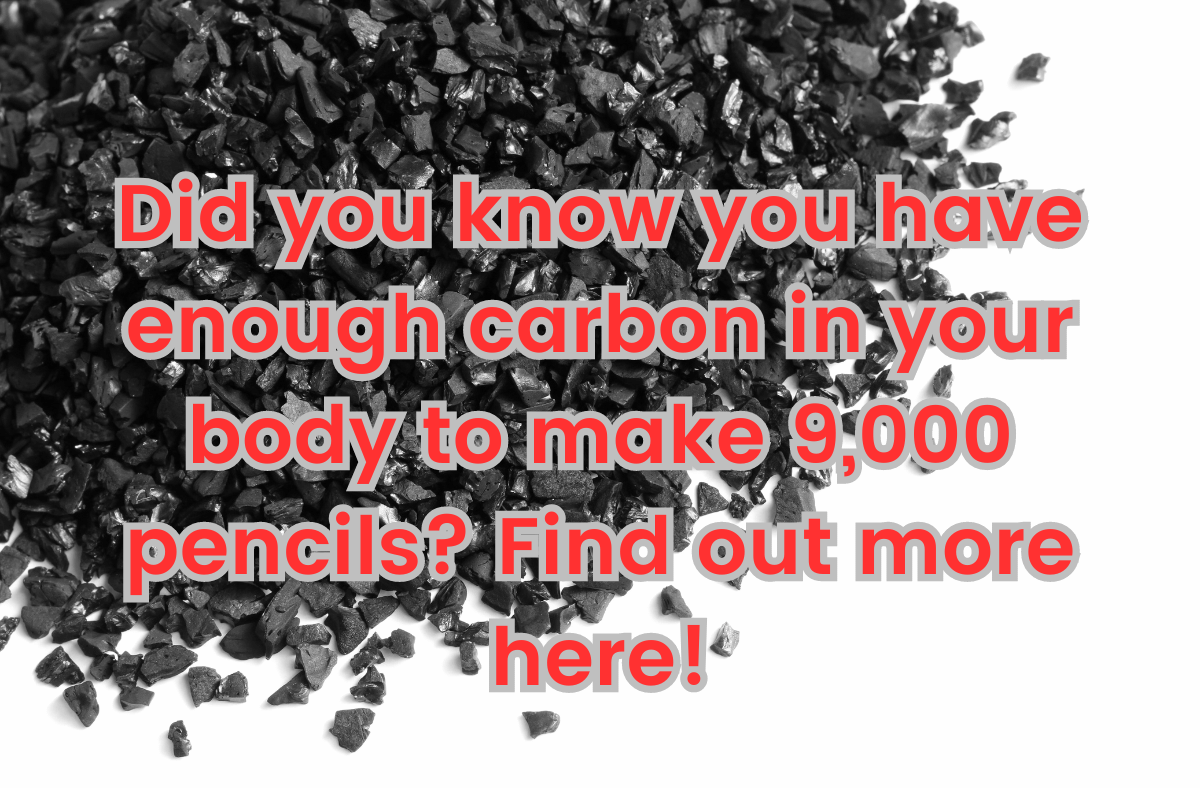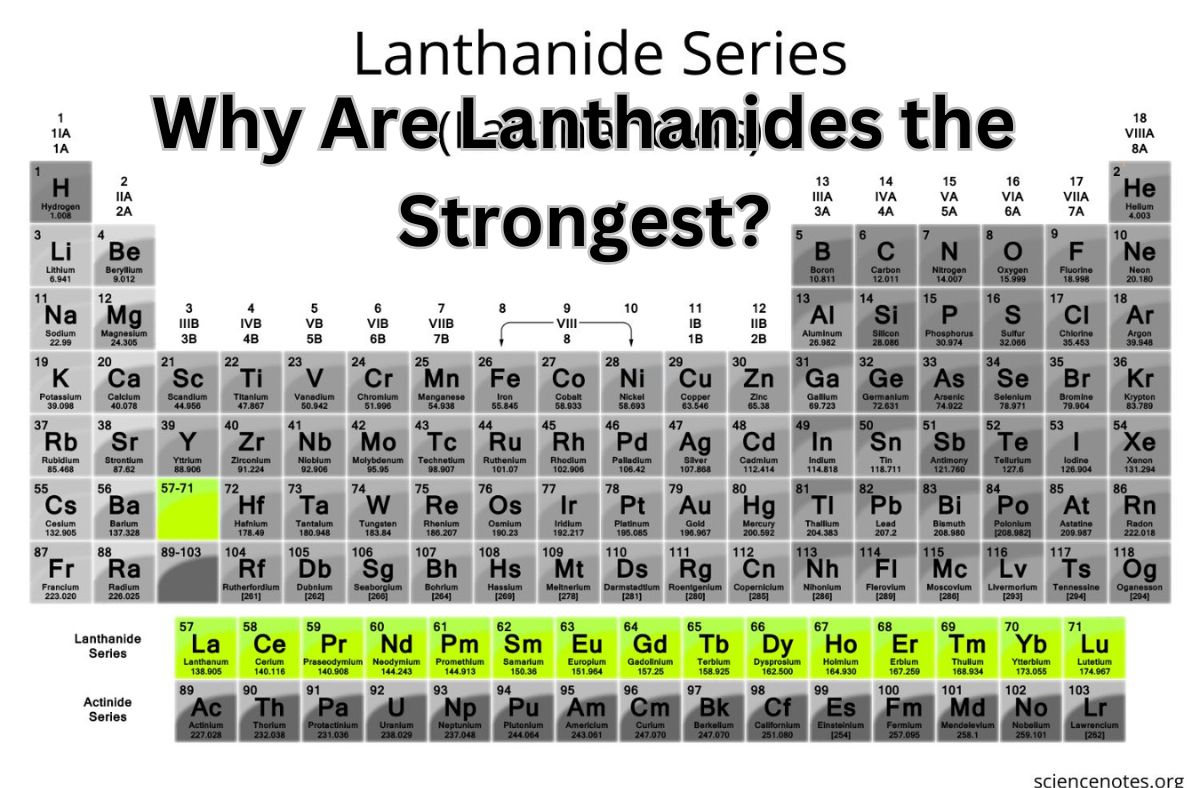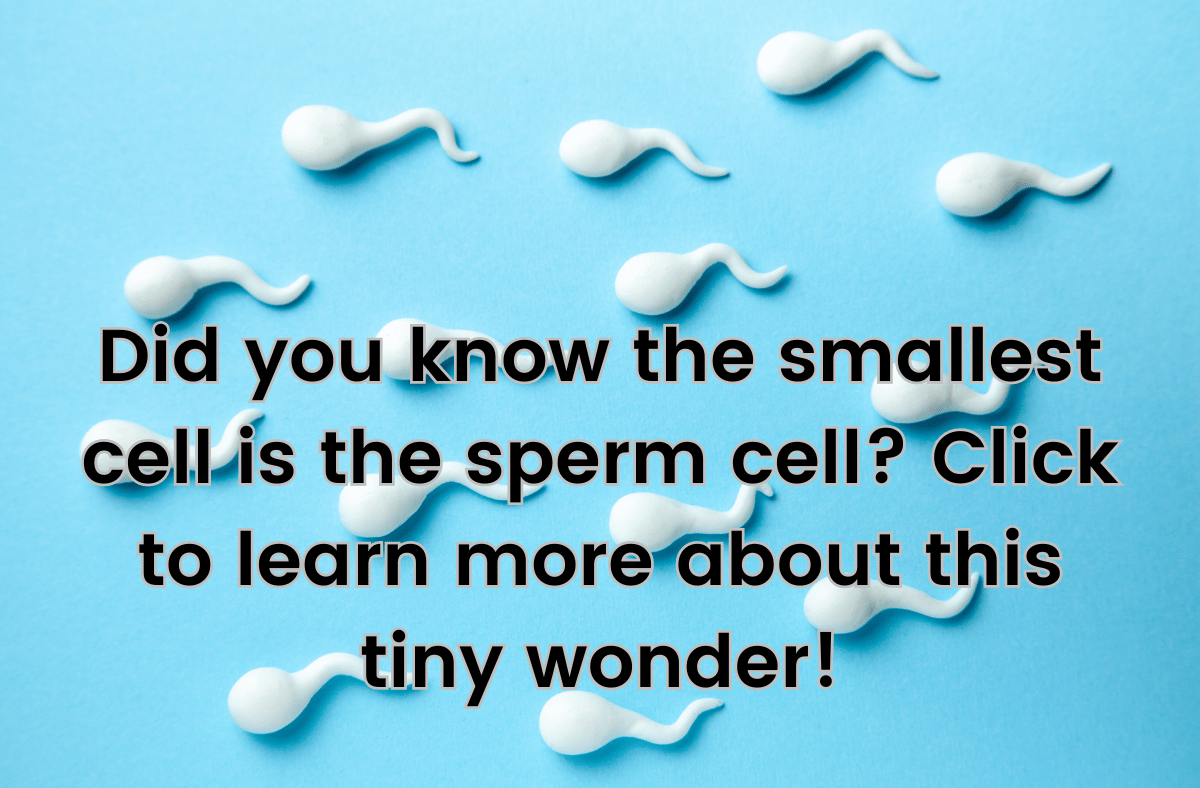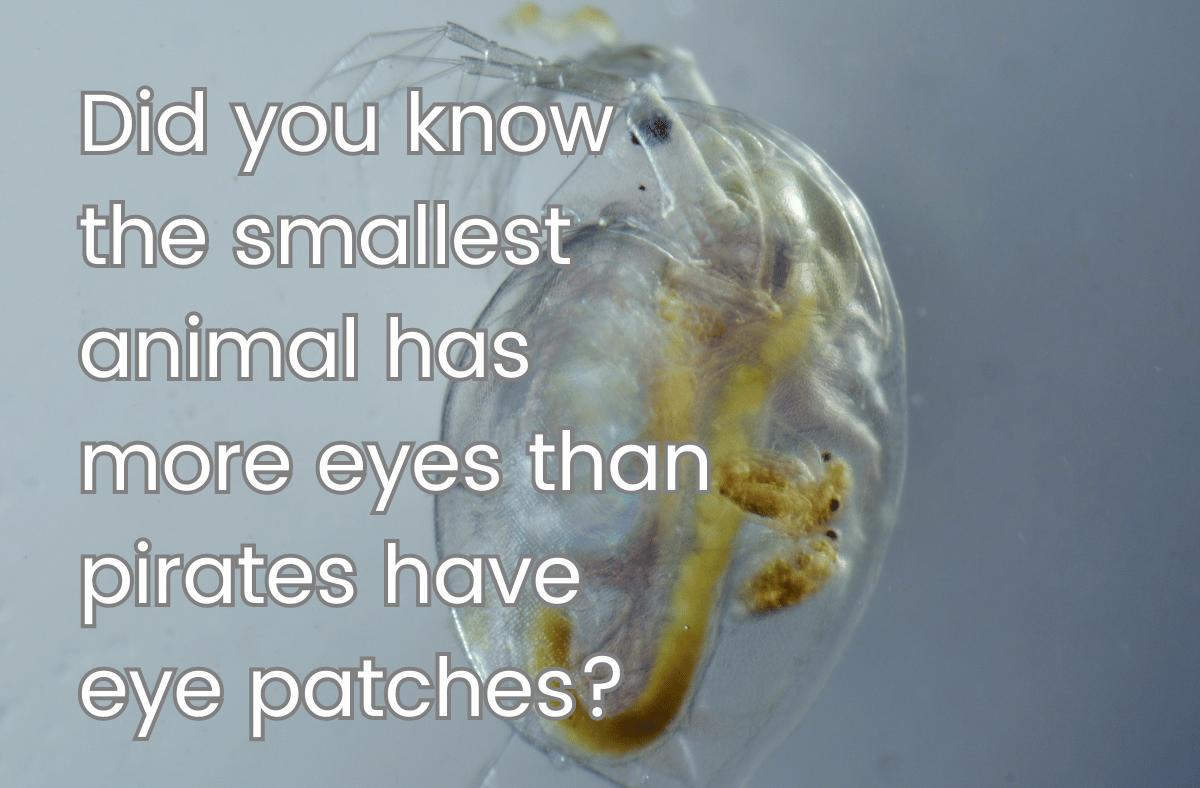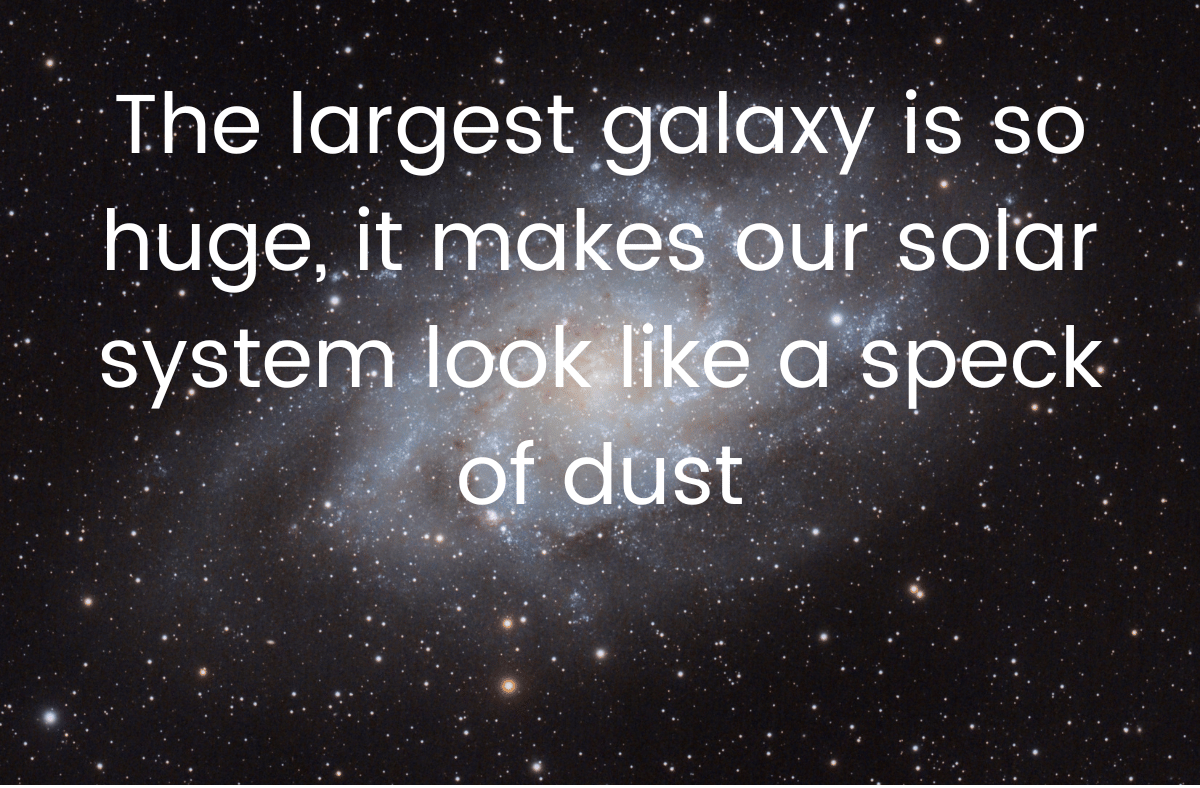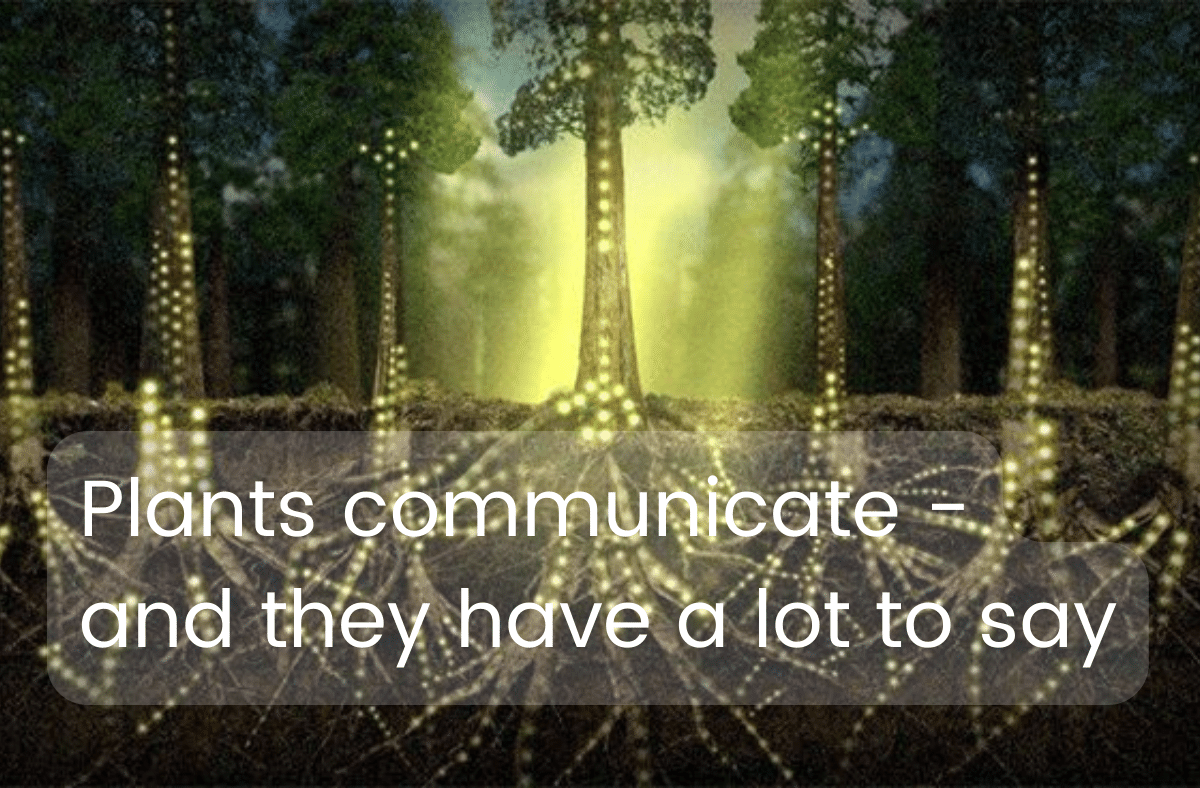For those in a hurry:
- Carbon is one of the most abundant elements in the human body.
- It makes up about 18% of your body weight, or around 13 kilograms for an average person.
- You could use this carbon to make about 9,000 pencils, each weighing about 1.5 grams.
- Pencils are made of graphite, which is a form of carbon, and wood, which also contains carbon.
- It is essential for life, but it can also contribute to climate change and pollution.
Carbon in your body
It is one of the most important elements for life. It is the main component of organic molecules, such as proteins, fats, carbohydrates, and DNA. Carbon atoms can form long chains and rings, which give rise to the diversity and complexity of life.
You have about 13 kilograms of carbon in your body, which is equivalent to 18% of your body weight. This is more than any other element, except for oxygen. Most of this carbon is found in your bones, muscles, skin, and organs.
Carbon in pencils
Pencils are simple tools that we use for writing and drawing. They are made of two main parts: a graphite core and a wooden casing. Graphite is a form of carbon that has a layered structure. It is soft and slippery, which makes it ideal for leaving marks on paper. Wood is also a source of carbon, as it is composed of cellulose and lignin, which are both organic polymers.
A typical pencil weighs about 1.5 grams, of which 0.3 grams is graphite and 1.2 grams is wood. This means that each pencil contains about 0.45 grams of carbon. If you divide your body’s carbon by this amount, you get about 9,000 pencils. That’s enough to fill a large backpack or a small suitcase.
Carbon in the environment
Carbon is not only found in living things and pencils, but also in the air, water, soil, and rocks. It cycles through these different reservoirs in a process called the carbon cycle. The carbon cycle involves various natural and human activities, such as photosynthesis, respiration, combustion, and fossil fuel extraction.
It is essential for life on Earth, but it can also cause problems when it accumulates in the atmosphere as carbon dioxide (CO2). CO2 is a greenhouse gas that traps heat and contributes to global warming and climate change. It also dissolves in water and forms carbonic acid, which lowers the pH and harms marine life.
Carbon can also be a source of pollution when it forms other compounds, such as carbon monoxide (CO), methane (CH4), and black carbon (BC). CO is a toxic gas that reduces the oxygen-carrying capacity of blood. CH4 is another greenhouse gas that is more potent than CO2. BC is a component of soot and smoke that darkens the air and reduces visibility.

